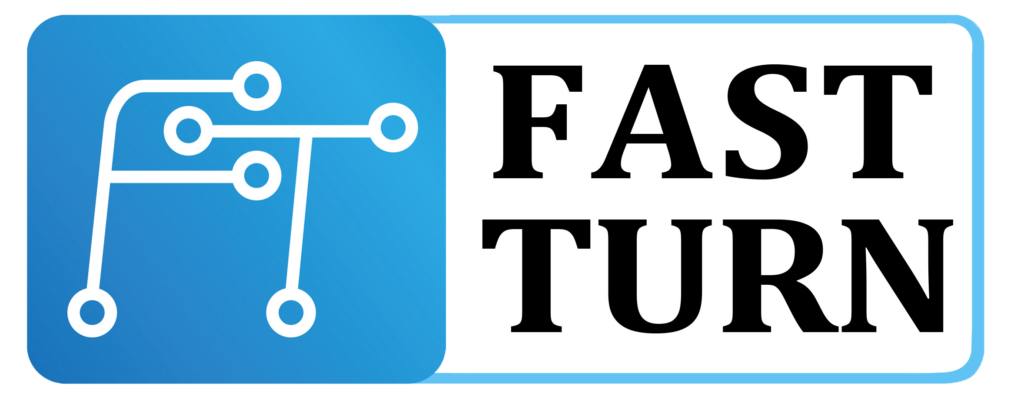PCB Mount Guide: Methods, Holders, Hardware & Plate vs PCB-Mount
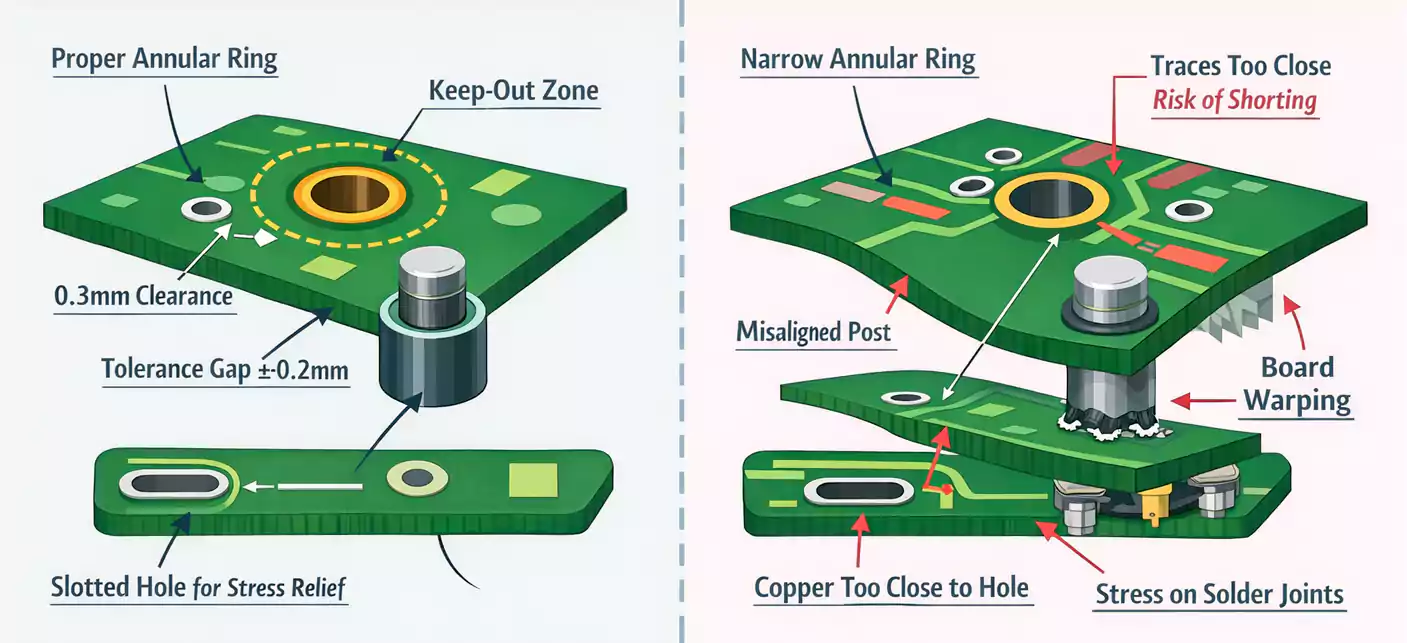
Complete PCB mount guide: methods, holders & standoffs, mounting-hole DFM, plus plate vs PCB-mount switches/stabilizers—practical tips for stronger, quieter builds.
PCB Board Testing Guide: Methods, DFT Tips & Step-by-Step Process Explained
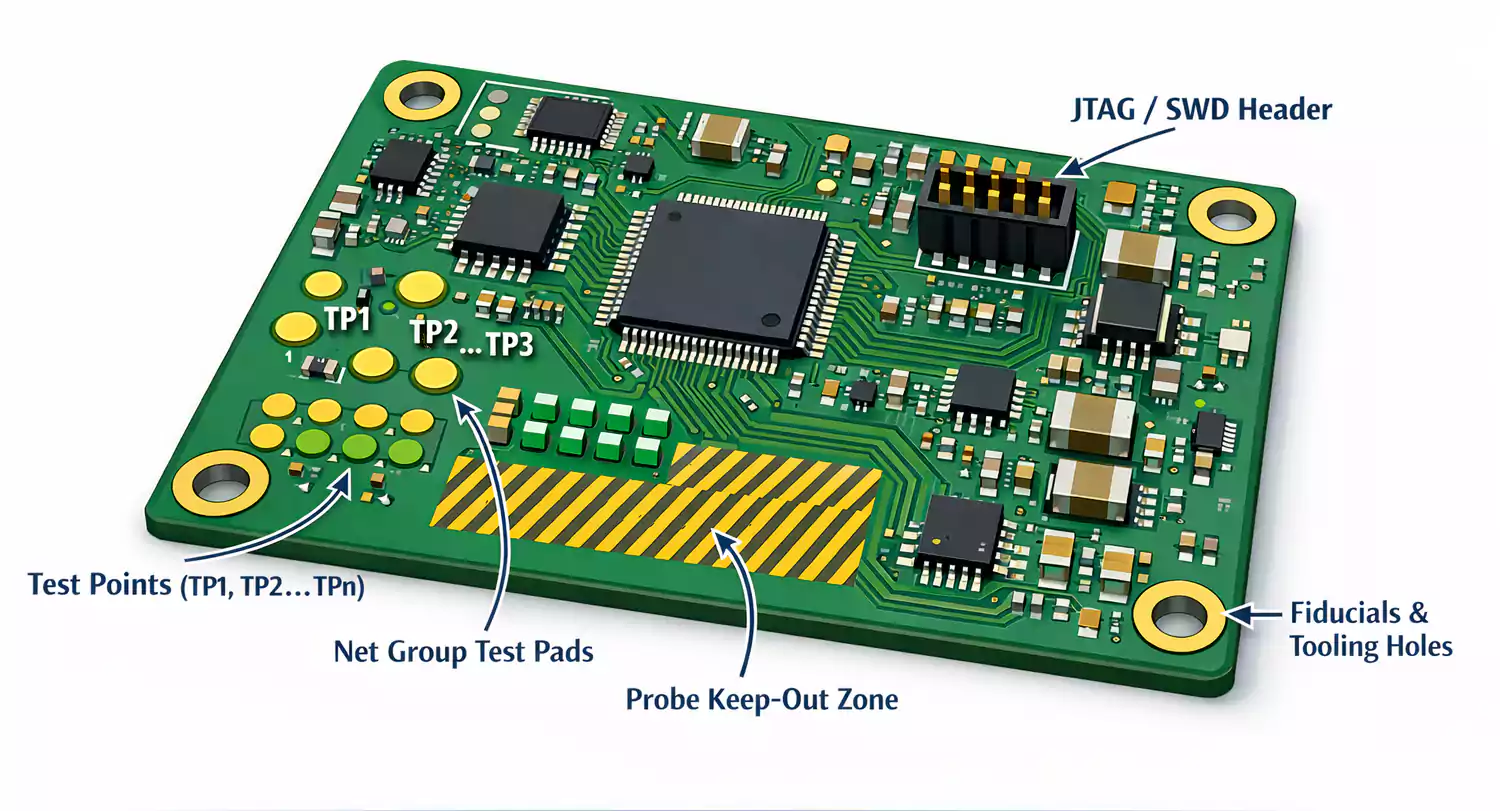
Practical PCB board testing guide—compare ICT, Flying Probe, AOI and AXI; learn DFT tips, step-by-step testing, and how to validate prototypes to reduce rework.
Fiducial PCB Guide: Placement, Sizes & Best Practices for SMT
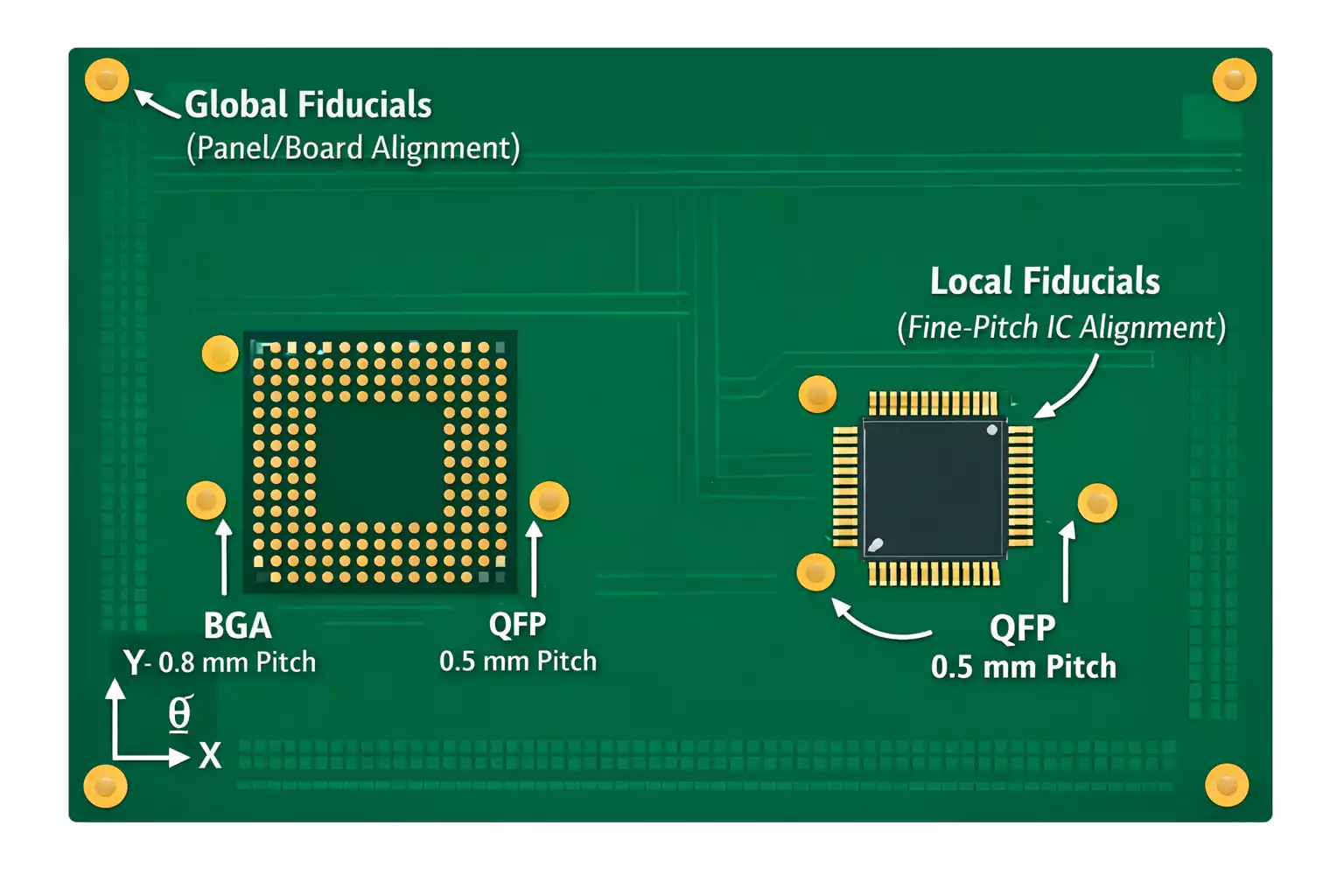
Learn why fiducial PCB marks matter and how to place global vs local fiducials, choose sizes, and improve SMT alignment, solder printing, and board testing.
How to Design PCB Board: A Beginner-Friendly 10-Step Guide from Schematic to PCB Artwork
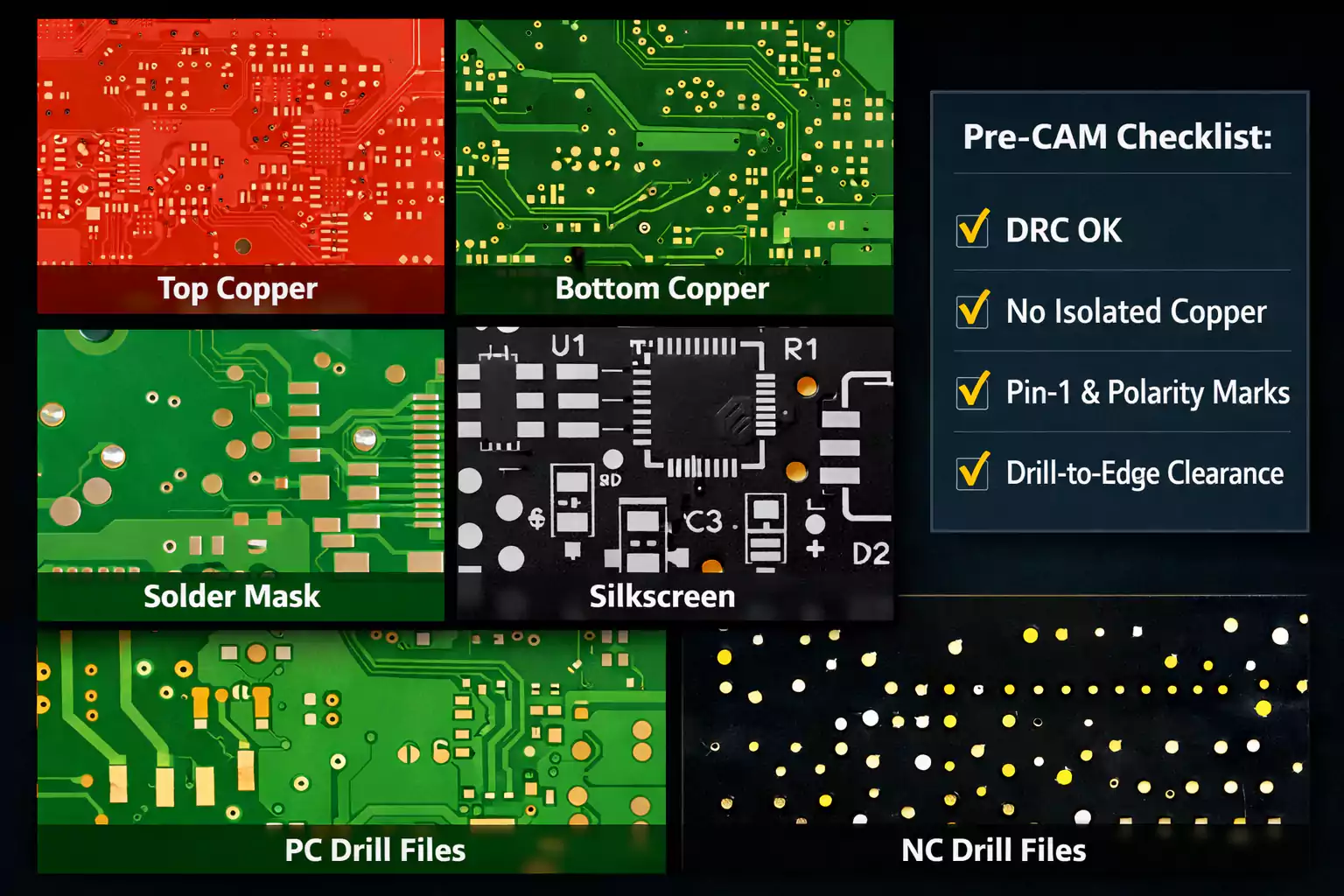
Learn how to design PCB board in 10 easy steps — from schematic and stackup to PCB artwork (Gerber) and layout tips for reliable, manufacturable boards.
PCB Prototype Board: Quick-Turn Guide for Fast Prototypes
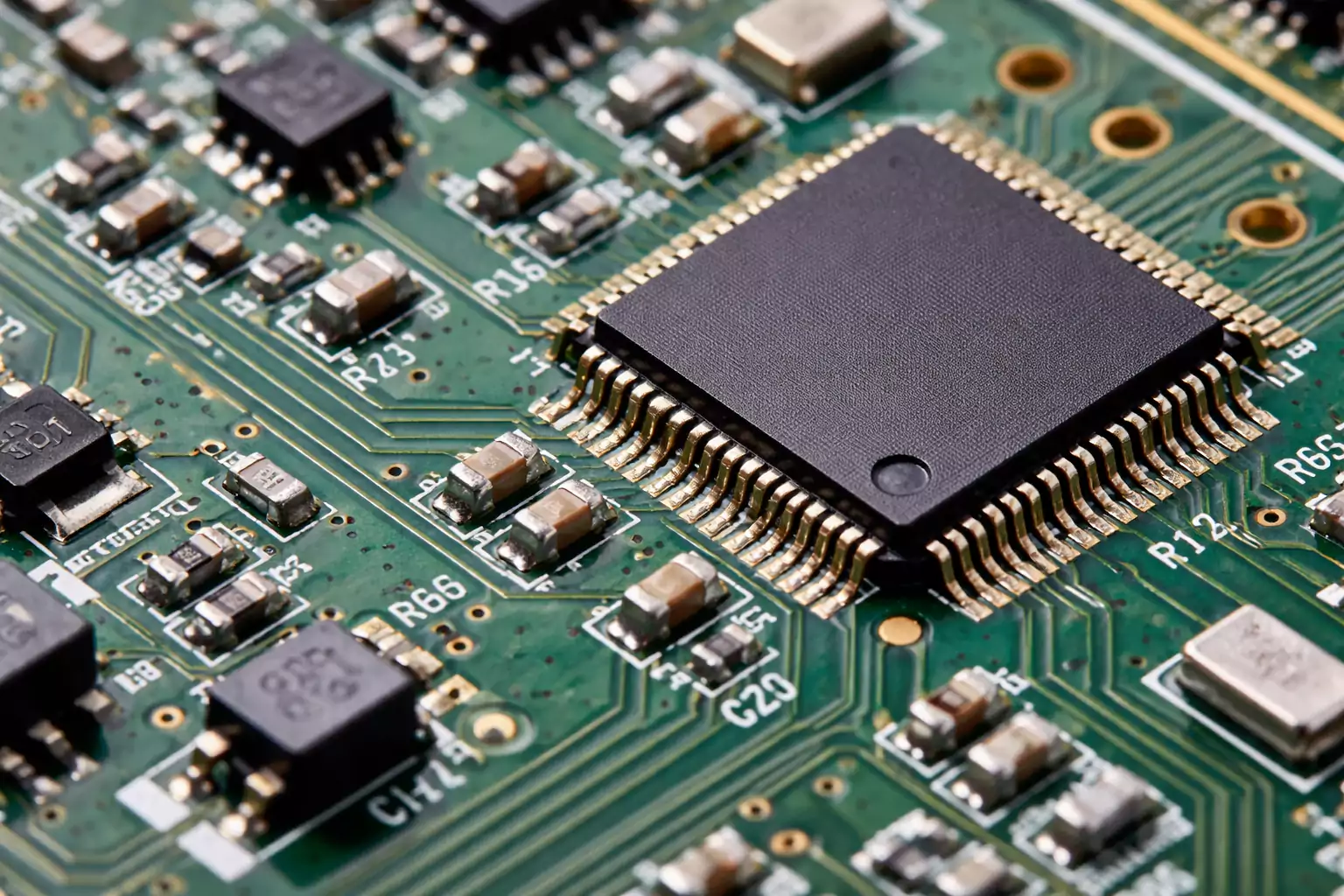
PCB prototype board guide: when to move from breadboards, quick-turn prototyping & assembly tips, plus a practical DFM checklist, lead-time benchmarks, and low-volume manufacturing advice.
SMT Surface Mount Technology Explained: Core Concepts and System Structure
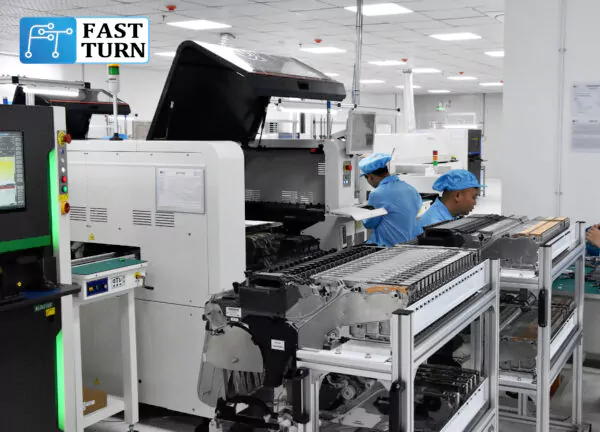
Discover how Surface Mount Technology (SMT) drives modern PCBA: core concepts, process flow, and production systems that improve yield and reliability.
SMT Process Flow: Step-by-Step Guide from Printing to Rework
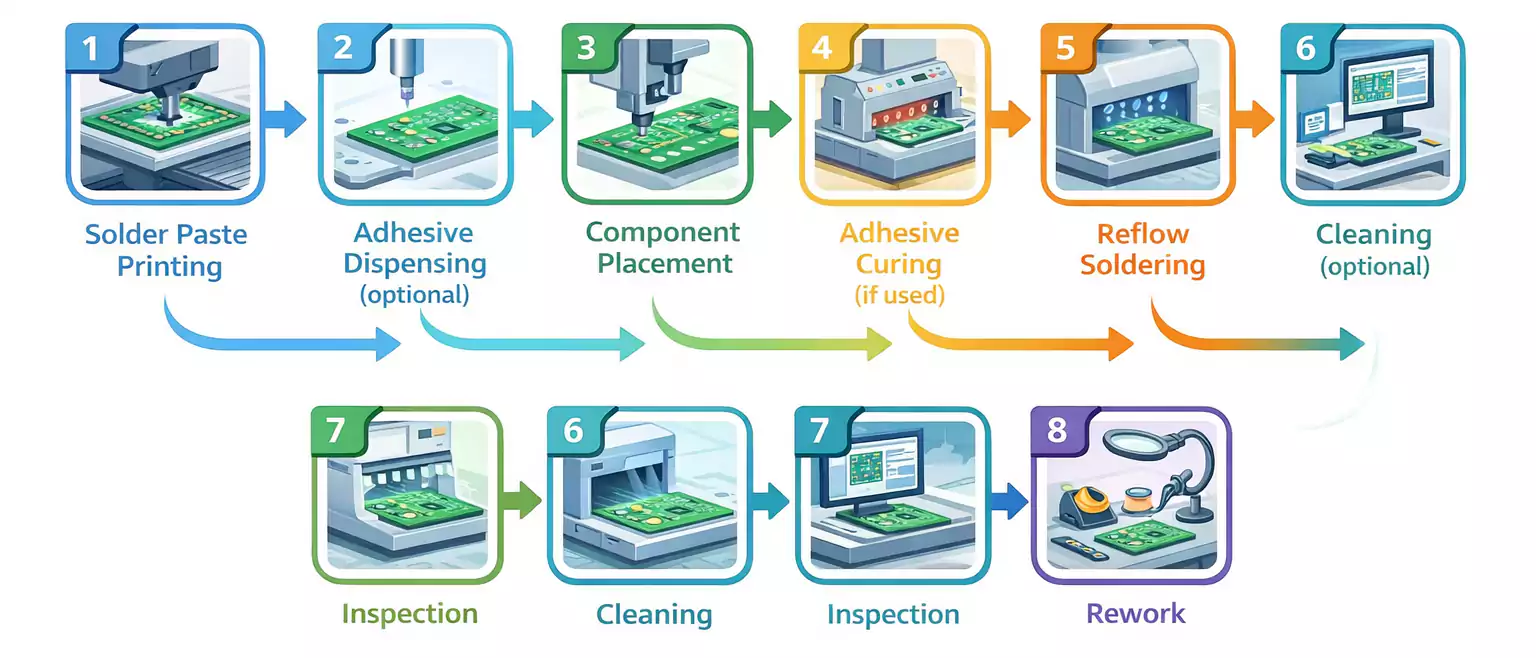
SMT Process Flow: Step-by-step guide covering solder paste printing, component placement, reflow soldering, inspection and rework — tips to boost yield.
SMT Production System Explained: Equipment Composition and Line Organization
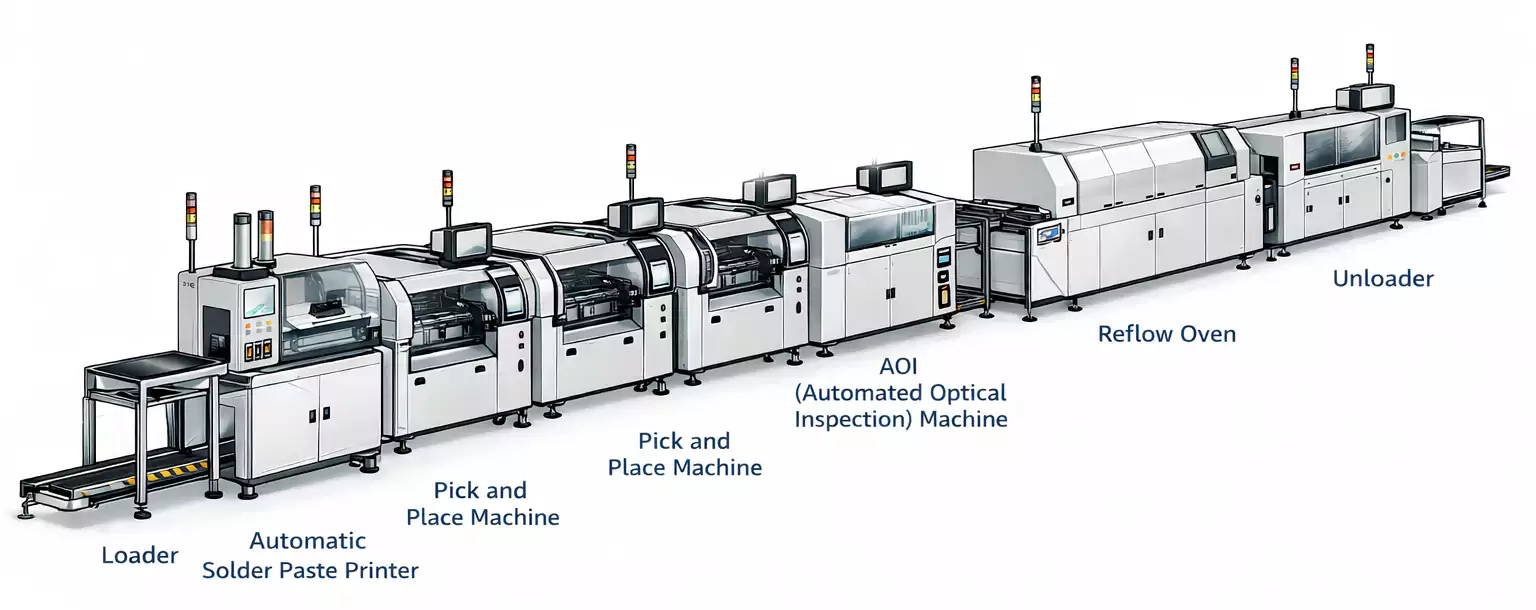
Discover how an SMT production system integrates printing, placement, soldering, and inspection to deliver efficient, high-quality PCB assembly.
Surface Mount Technology vs Through Hole: Key Differences, Advantages, and Which Is Better for PCB Assembly
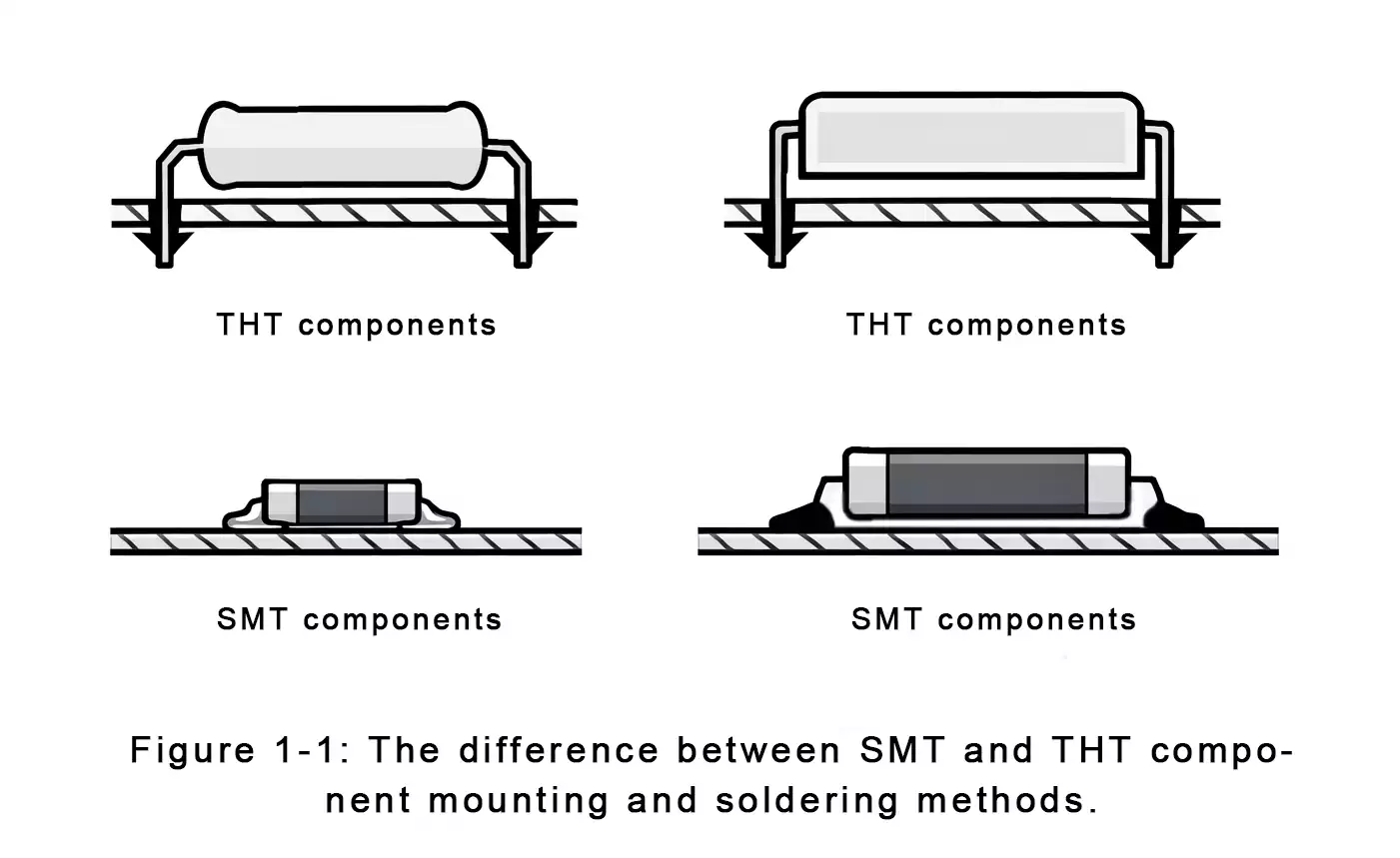
Surface Mount Technology vs Through Hole: Discover key differences, pros & cons, cost & reliability, and how to choose the best method for your PCB. Read now.
Development of Surface Mounting Technology (SMT)
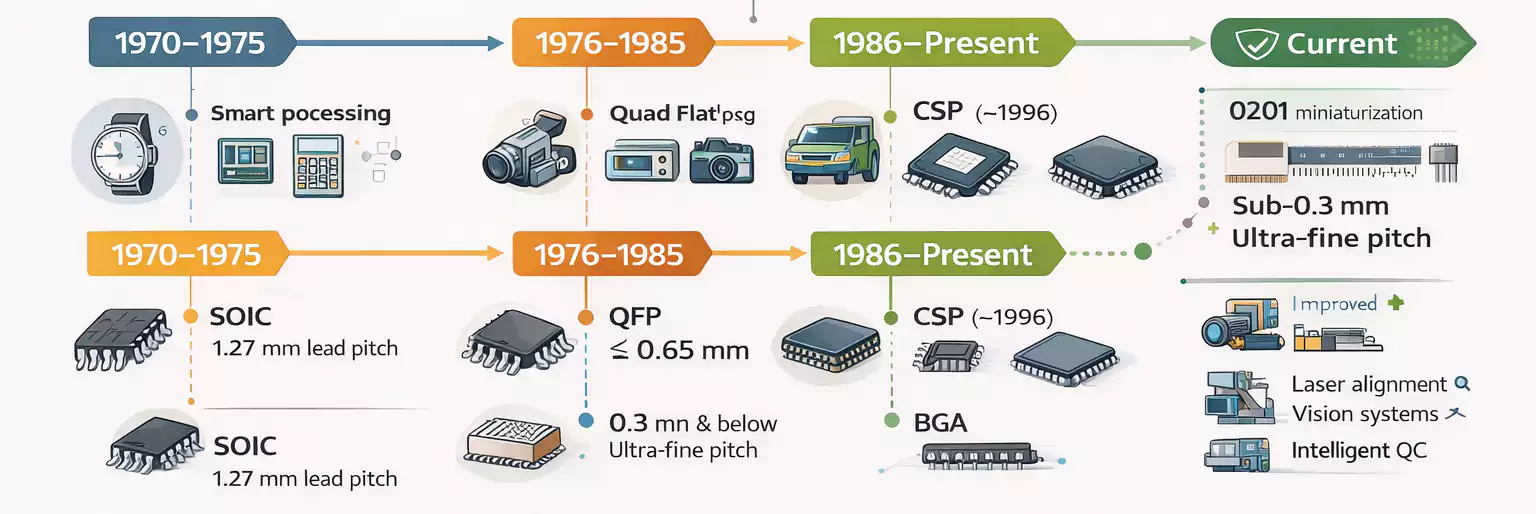
Surface mounting technology (SMT) powers smaller, faster, cheaper electronics—discover its evolution, benefits (3–6× area reduction), key packages (BGA/CSP), and uses.
Rigid Flex PCB: Ultimate Guide to Stackups & DFM
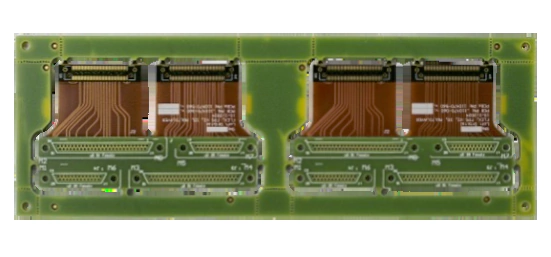
Rigid Flex PCB guide: stackup examples, bend-radius & DFM rules, fabrication tips, cost & lead-time drivers, and how to choose the proper manufacturer.
Heavy Copper PCB Guide: How 2–20oz Copper Boosts Power, Cooling & Reliability
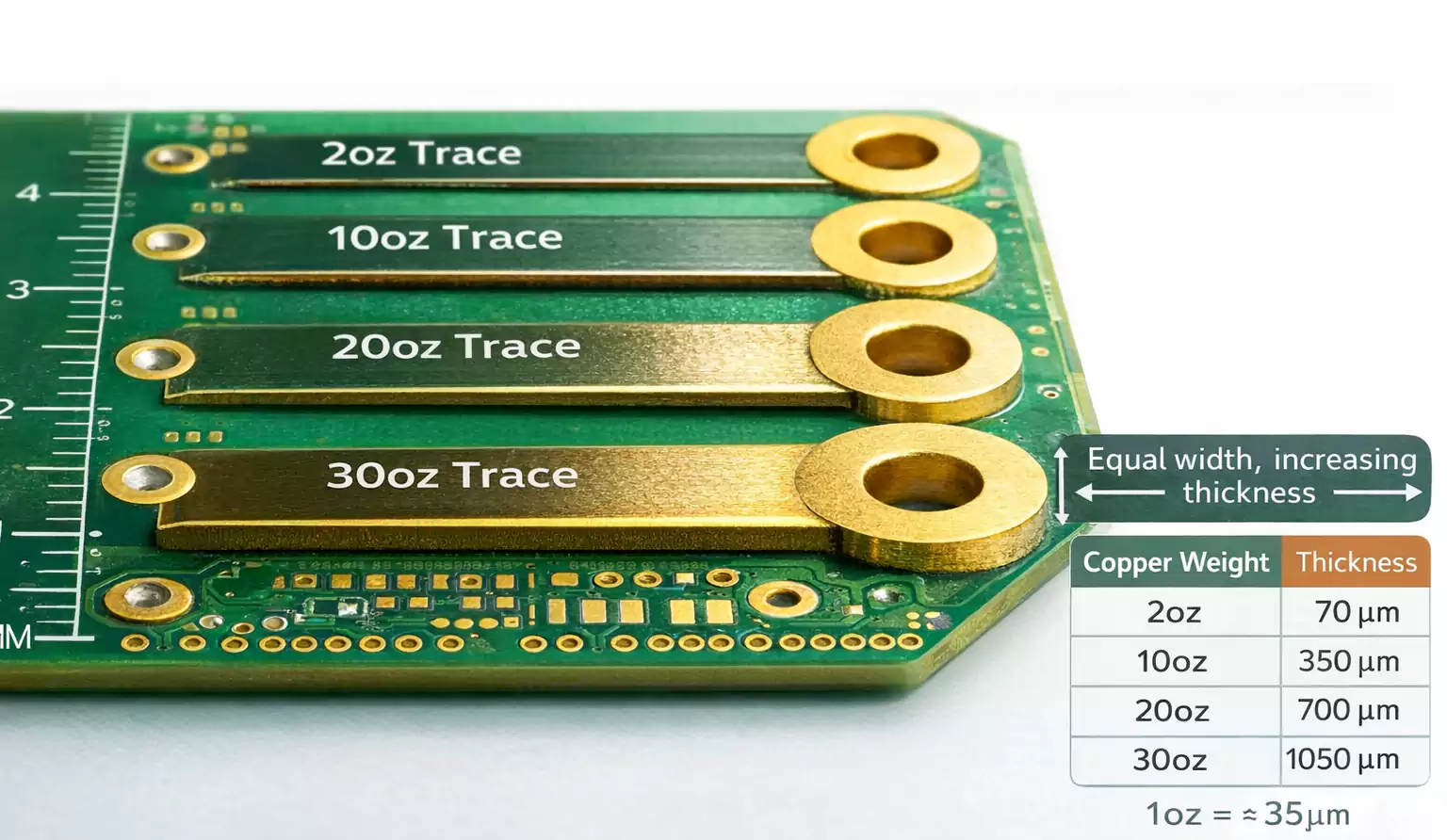
Heavy Copper PCB (2–20oz): boost power handling, cooling, and reliability. Get clear design tips, current-capacity guidance, and manufacturer capabilities for high-current builds.
